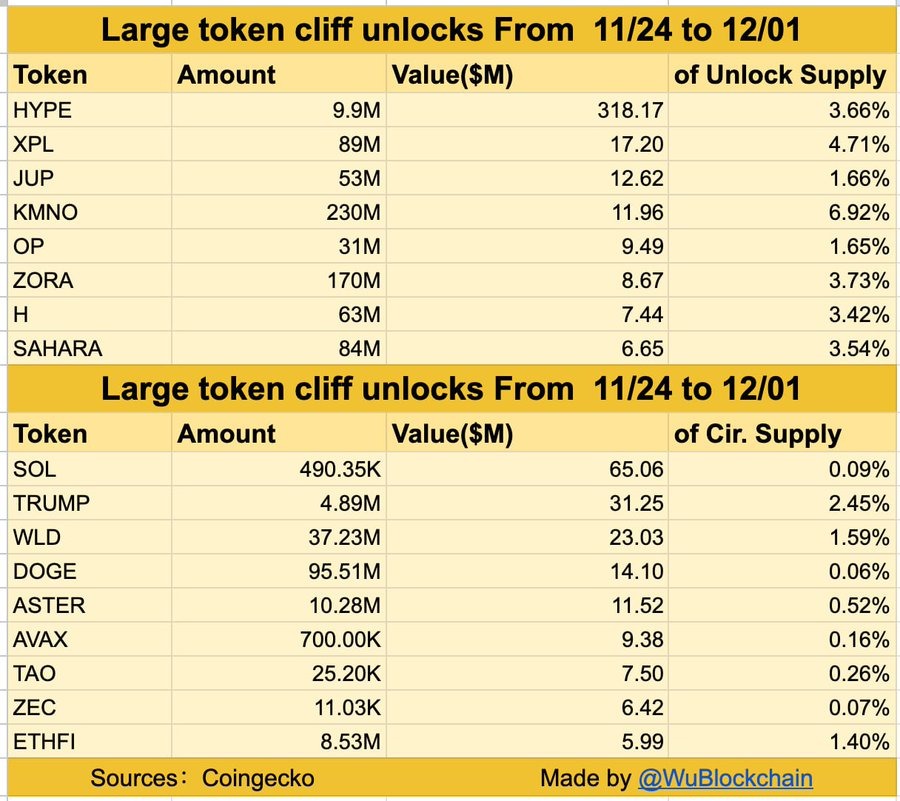The
Grayscale XRP Trust ETF
(ticker: GXRP) made its official trading debut on NYSE Arca on November 24, 2025,
representing a significant milestone
in the progression of cryptocurrency investment products. This fund transforms Grayscale’s formerly private
XRP
Trust into a publicly available exchange-traded product (ETP),
granting investors straightforward access
to XRP without the need to manage tokens directly. The launch comes after extensive regulatory navigation and heightened market interest,
with Grayscale presenting GXRP
as a link between institutional-level infrastructure and the XRP Ledger’s expanding role in international payments.
GXRP’s introduction takes place during a period of rising enthusiasm for ETFs centered on alternative cryptocurrencies. The fund was initially offered as a private placement in September 2024 but
moved to public trading
after a 20-day review by the SEC concluded on November 23.
Grayscale, which oversees more than $35 billion
in crypto assets, noted that
GXRP
will have its management fee set at 0% for the first three months or until assets reach $1 billion, whichever comes first. This approach is designed to draw early participants and compete with other XRP ETFs,
including Bitwise’s offering
, which saw $22 million in trades within hours of its November 21 launch.
The XRP market itself has experienced notable price swings ahead of the ETF’s release.
On November 21, XRP’s value
dropped to $1.85,
an 18% decrease from its recent high
, but recovered to $2.12 by November 20
based on market reports
. These fluctuations highlight the inherent risks of the crypto sector,
with Grayscale clearly warning
that GXRP is not registered under the Investment Company Act of 1940 and therefore does not have the same protections as traditional ETFs. Additionally, investors in this product do not directly own XRP,
a structure Grayscale explains
is due to custody and regulatory challenges.
The XRP Ledger (XRPL) has seen substantial growth in both adoption and capabilities, particularly in enabling international payments
as highlighted in recent analyses
.
This technological foundation has played a crucial role in the creation of offerings like the Grayscale XRP Trust ETF.
GXRP’s arrival on public exchanges
aligns with broader regulatory developments
. The XRP Ledger (XRPL) recently exceeded 4 billion transactions processed,
a benchmark Grayscale referenced
to demonstrate the network’s advancement. At the same time, the SEC’s approval of spot
Bitcoin
and
Ethereum
ETFs earlier in 2025 has opened the door for more altcoin-based funds,
with Ripple’s 2023 court win
against the SEC further easing regulatory barriers for XRP-related products. Experts point out that GXRP enters a competitive market,
with Franklin Templeton’s XRP ETF
(XRPZ) and Amplify’s XRP 3% Monthly Premium Income ETF (XRPM) also launching in late November.
Market trends indicate a shift toward alternative cryptocurrencies. While Bitcoin and Ethereum ETFs experienced $1.7 billion in outflows last week
according to market reports
, XRP-focused funds attracted $179.6 million in new investments,
showing investor interest
in assets with new and evolving applications.
Grayscale’s Senior Vice President Krista Lynch
, stated that GXRP’s launch “expands access to the XRP ecosystem,” especially for those looking to benefit from the ledger’s capabilities in instant liquidity and token creation.
The ETF market is projected to grow rapidly.
Bloomberg Intelligence projects
that more than 100 crypto ETFs could be introduced within the next half year, with Grayscale’s Chainlink Trust (GLNK) and additional
Solana
and XRP products already in development. For now, GXRP’s launch highlights a maturing sector where institutional-grade infrastructure and clearer regulations are coming together to reshape digital asset investing.


